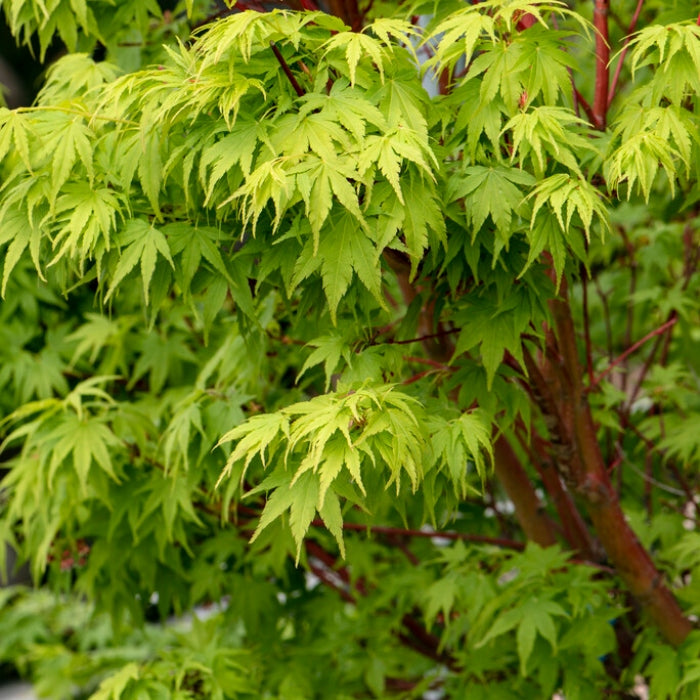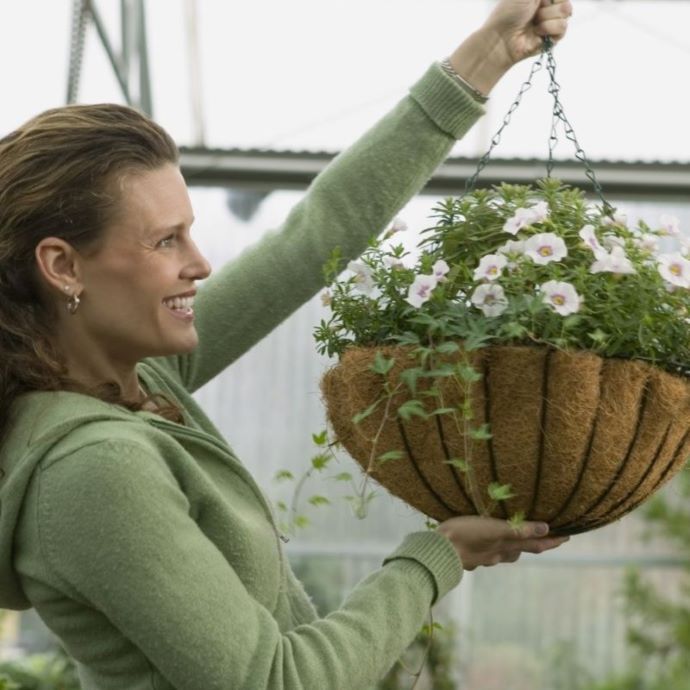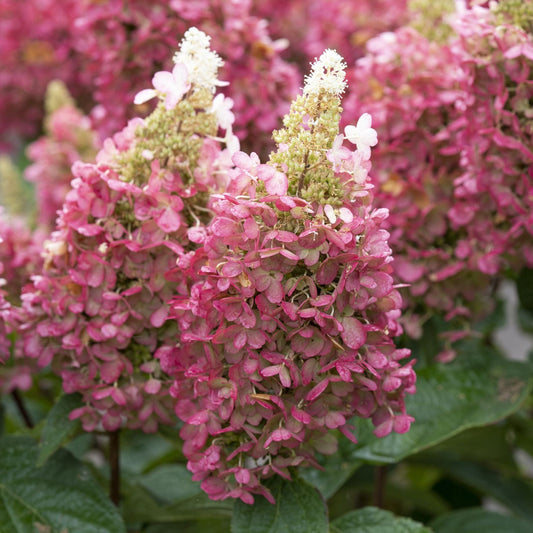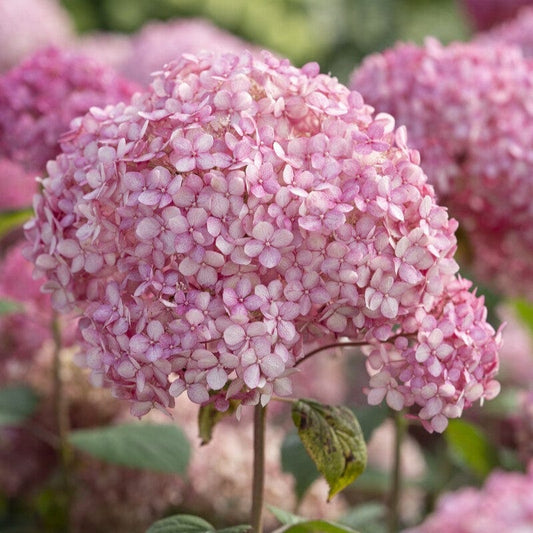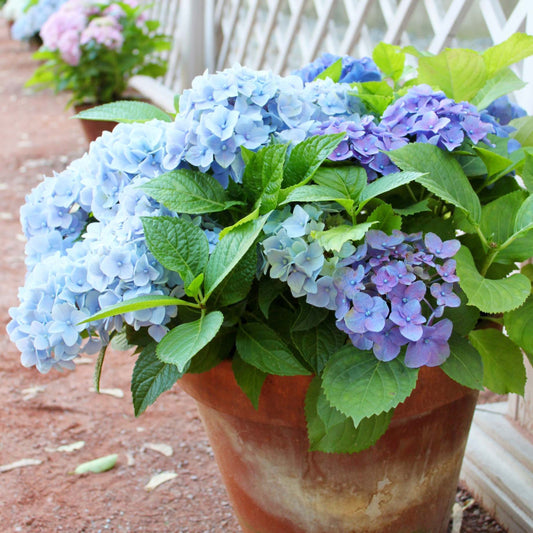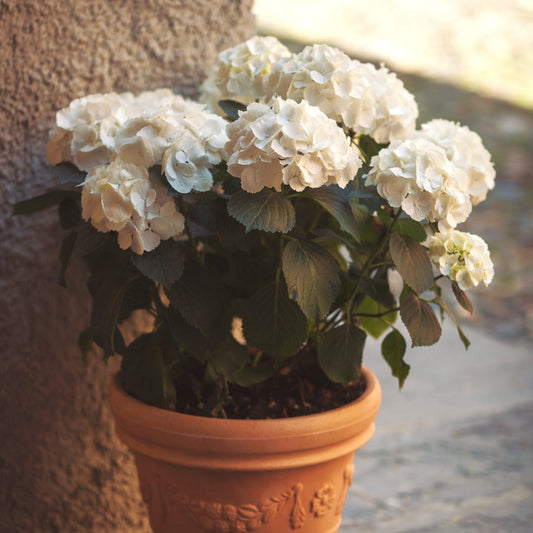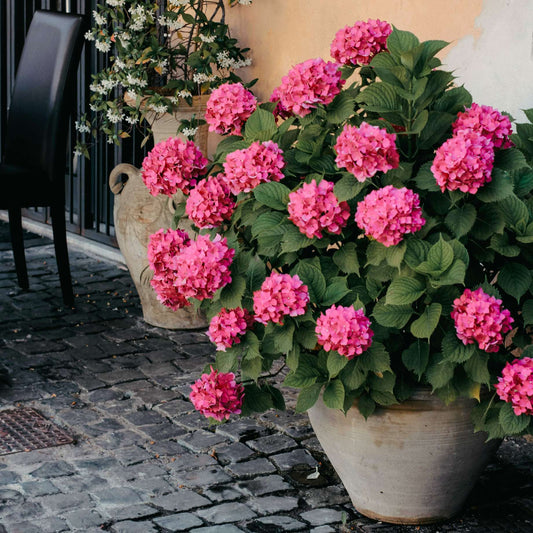How to Grow Hydrangeas: Planting and Care Guide
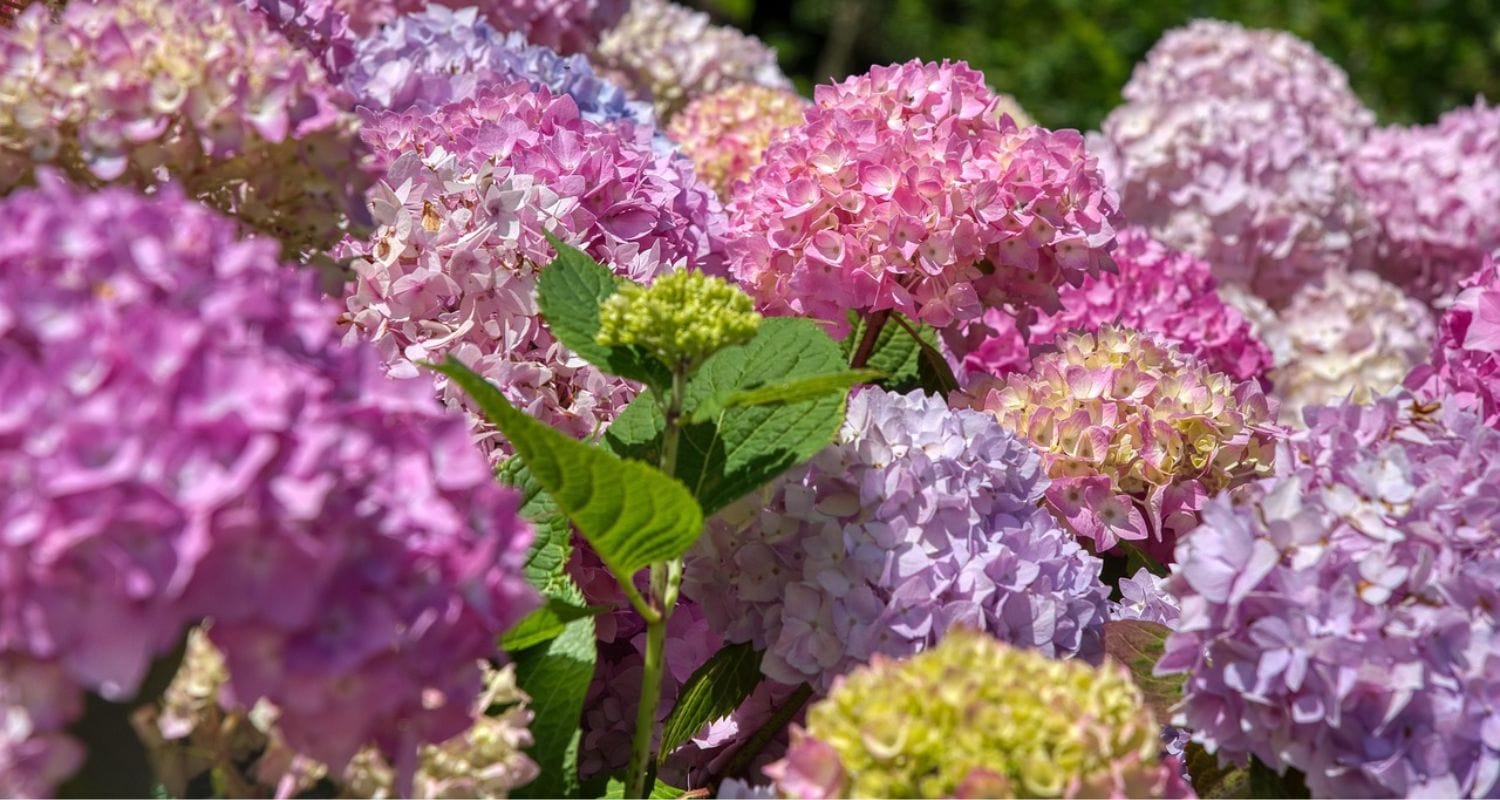
Hydrangeas are incredibly showy shrubs that deserve a starring role in any suitable garden. With their ostentatious flower blooms coming in a range of shapes and sizes, from compact cones to giant snowballs, and ably supported by dense green foliage, these plants work brilliantly in flowering hedges, spacious beds and, for the more dwarf cultivars, even patio pots.
In this guide, we’ll be talking through the most appropriate conditions and gardens for hydrangeas, how to plant one, and then finally, how to look after it so that it gives you year after year of glorious planting service. Please note, in this post we’ll be exploring shrubby species, as opposed to climbing hydrangeas.
Jump to:
Hydrangea types and terminology
First, let’s just quickly go through some of the most common shrubby hydrangea types, so that you don’t get lost amidst the horticultural jargon that can confuse even the most seasoned of gardeners!
Hydrangea macrophylla
One of the most popular hydrangea species, these plants go by many names, including bigleaf (macrophylla), lacecap and, my personal favourite, mophead! These hydrangeas are most easily recognised by their large leaves.
Hydrangea arborescens
Commonly known as the smooth hydrangea or sevenbark, these hydrangeas are identifiable by their rounded, globe-like blooms and slightly cordate (heart-shaped) leaves.
Hydrangea paniculata
The panicled hydrangea is another popular type, boasting panicle inflorescences (arrangement of the flowers) rather than the corymbs that the two hydrangeas mentioned above exhibit. This results in glorious conical flowers, often in white, cream, green or pink hues.

What gardens are suitable for hydrangeas?
Now, let’s explore which gardens and conditions are best in order for hydrangeas to flourish and thrive:
Soil
In terms of soil, these shrubs prefer consistently moist, well-drained soil with decent levels of fertility. If you’re growing blue hydrangeas, then acidic soil is preferable, while pink and red hydrangeas benefit from slightly alkaline conditions. This can vary from cultivar to cultivar, but it works as a general rule of thumb thinking about it this way.
Light
As for light levels, hydrangeas grow nicely in both partial shade and full sun, however if growing in the latter, then you need to ensure the soil remains moist and doesn’t dry out. Often growing in woodlands in the understorey, they enjoy the dappled light filtering through the canopy overhead.
Space
Shrubby hydrangeas are typically small- to medium-sized plants, ranging in height from around half a metre tall (for dwarf cultivars) up to two-and-a-half to three metres tall. If you’ve only got a relatively small amount of space with which to work, then we’d recommend a compact variety (such as one of the ‘Little’ series) as you can happily grow these in a patio pot on a terrace or balcony. For larger gardens who want to make a hydrangea hedge, then opt for a bigger variety.
Other considerations
Hydrangeas are also generally pretty salt-tolerant plants, especially Hydrangea macrophylla, making them a strong choice for coastal gardens. While all hydrangeas are typically hardy plants, with most cultivars ranking H5 or H6 on the RHS hardiness scale, some species and varieties (like ‘Strong Annabelle’, for instance) have sturdier stems than others, so if you live in an exposed locale, opt for one of these so that your shrub’s flower stems don’t break or flop over in high winds.

Planting your hydrangea
So, you’ve chosen which hydrangea(s) you want for your garden and you’re ready to plant them. Excellent. We’d recommend planting during spring or autumn, though if you’re growing your hydrangea in a pot, you can get away with planting at any point during the year, provided that conditions are clement.
If you’re planting your hydrangea in the open ground, then dig a planting hole at least twice the width of the plant’s rootball, and up to three times as wide. Make sure you’ve given your plant a good watering, so that it’s going into its new environment in tip-top condition. Place your plant into the hole and, ensuring that the plant’s crown is level with the surrounding soil, backfill the hole, firming down the ground gently with your foot, so that the plant seems stable and secure. Give the plant a good watering.
Mulch around the base of the plant with organic matter like well-rotted manure; this will help retain moisture and suppress the growth of weeds around the plant – weeds can outcompete your hydrangea for nutrients and therefore have a detrimental effect on the juvenile plant’s overall growth and development. Leave a bit of room between the mulch and the plant (a couple of inches will do) to ensure good air circulation.

Caring for your hydrangea
Hydrangeas are typically easy-going, low-maintenance customers, but as with any plant, they still need a bit of TLC to keep them in prime shape. First up? Watering.
Watering
As your hydrangea establishes, and particularly throughout the growing seasons of spring and summer, give it regular watering – every week or more frequently during hot, dry spells. Once established, your plant will still benefit from routine watering during hotter periods. Remember, hydrangeas like consistently moist soil, so you don’t want to let them dry out. Signs your hydrangea needs watering includes drooping leaves, crisping leaves and dried out blooms.
Feeding
Hydrangeas aren’t particularly hungry plants and don’t typically require feeding with fertiliser except immediately after planting and if you have particularly poor soil that needs enriching. In these instances, a balanced, general, slow-release fertiliser works perfectly well. What is helpful, however, is routine mulching. Adding some leafmould, rotted manure or compost can help keep more of that moisture locked in.
Pruning
Shrubby hydrangeas do need some annual maintenance in terms of pruning to keep them at their most productive, as regards flower production. We've written a comprehensive pruning guide for hydrangeas, but we've detailed some of the main points below.
Mophead hydrangeas (Hydrangea macrophylla)
The middle of spring is when you want to be trimming your mophead and lacecap hydrangeas, cutting back to a healthy pair of buds (or two) down from where the spent bloom is. You don’t want to be overzealous with your pruning as these plants flower on newer growth on the older wood. Remove that older wood? Remove new flowers… If things have gotten too unkempt and out-of-control, then you can just cut the whole plant back down to the ground. You’ll then get flowers the season after next.
Smooth and panicled hydrangeas (Hydrangea arborescens and Hydrangea paniculata)
Pruning is a little different for these hydrangeas; you want to prune a little earlier, towards the start of spring, before you see any new growth. Take the previous year’s growth and cut it back to the lowest healthy-looking pair of buds. Alternatively, if you want a taller shrub, you can cut back to a pair of buds at your desired height. As with any pruning, take the opportunity to remove dead, damaged or diseased material.

Final thoughts
So, there you have it! Hopefully, having read this, you’ll have a good understanding of all things hydrangea, and will feel better-placed to get the hydrangea that’s right for you and your garden. Make sure to check out our other shrub guides, including planting roses and growing camellias.
Last updated: 16/06/2025
